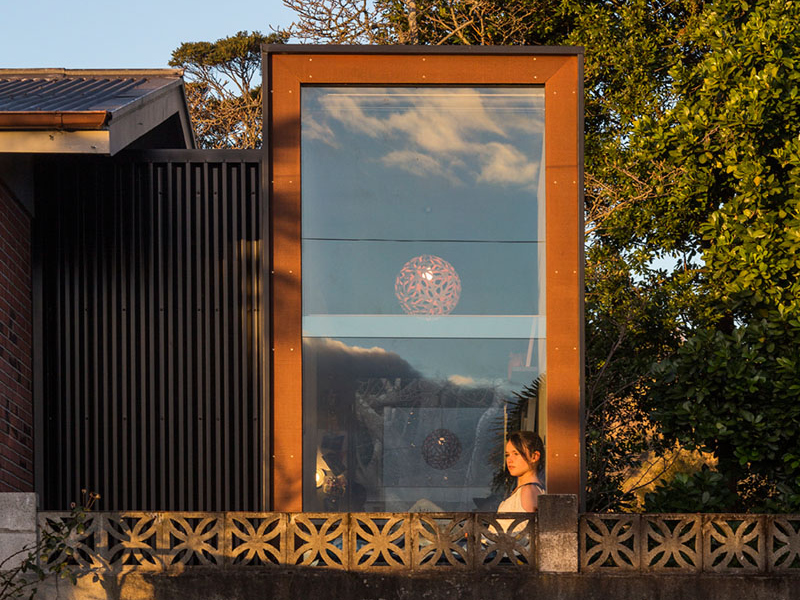When architect Jeremy Smith of Irving Smith Architects took ownership of this largely untouched 1960s modernist house, he saw both the charm of its original character and the challenges of fitting a family of five into its compact layout. The solution? A modest yet smart reconfiguration that respected the home’s architectural integrity while carving out just enough extra space, including a new bedroom gifted to his teenage daughter for her 13th birthday.
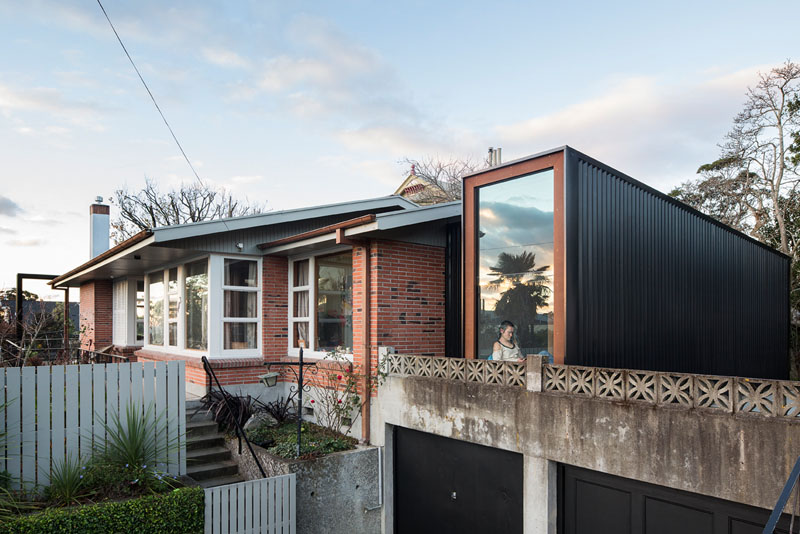
Rather than overhaul the house entirely, the update focused on a careful rearrangement and the addition of roughly 12 square metres (129 sqft). That small bump-out made room for an extra bedroom, a welcome retreat for a teenager craving some privacy. The new spaces were designed to feel recessive and secondary, quiet zones tucked away from the home’s strikingly glazed living areas.
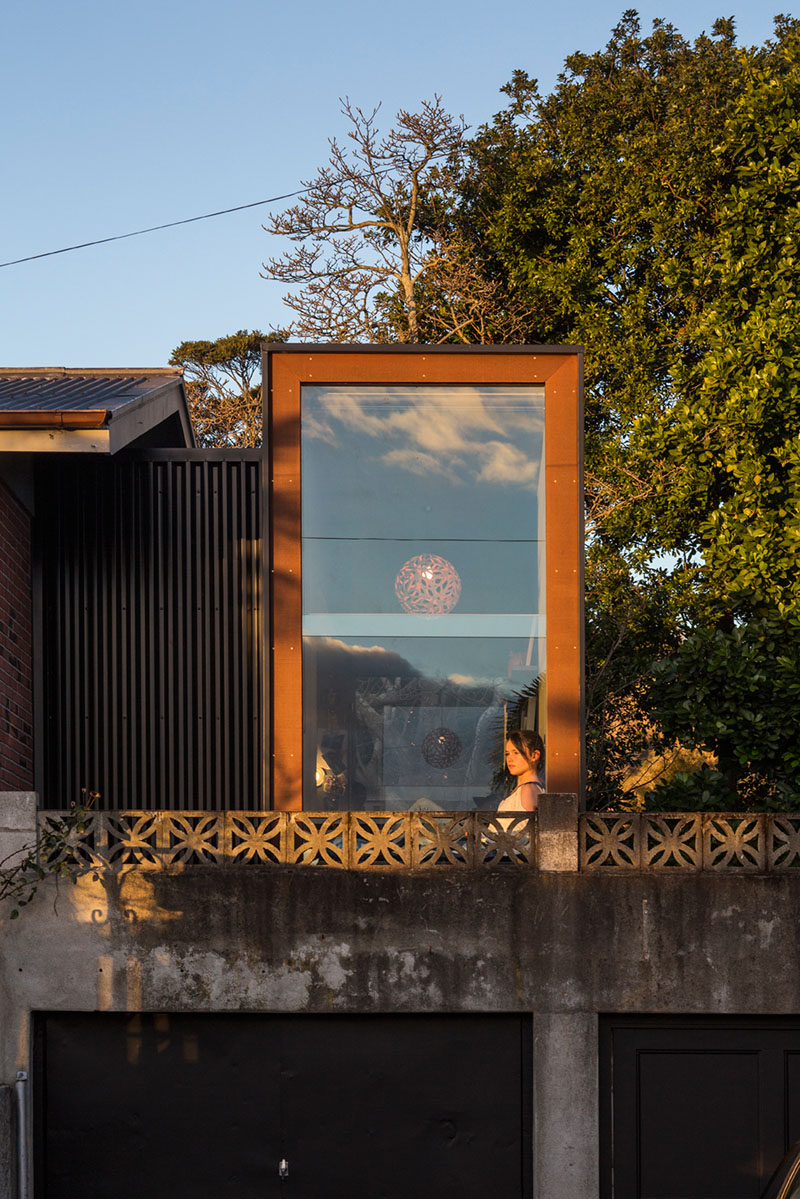
Alongside interior improvements, the home’s relationship with the garden has been enhanced, allowing for an easy, natural flow between indoors and out. This connection supports the modernist bones of the home, anchoring it even more firmly in its original architectural intent.
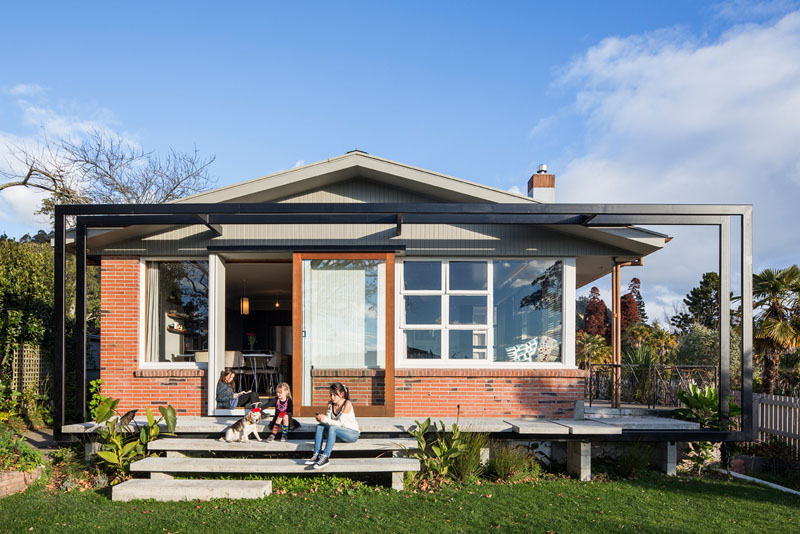
The heart of the home received subtle, design-driven improvements. In the living area, an inviting window seat offers a perfect spot to daydream, read, or simply enjoy the light streaming through generous panes of glass. The essence of 1960s design, expansive, low-slung, and connected to the outdoors, remains intact.
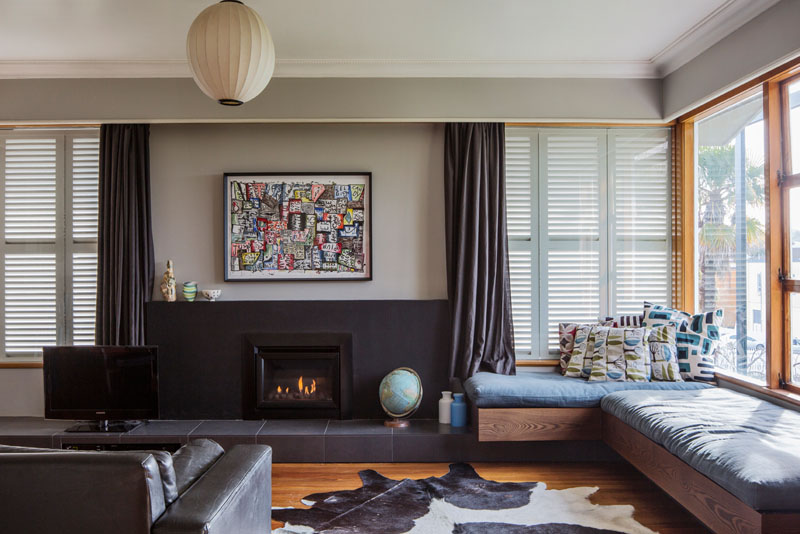
A curved kitchen counter gives the room a soft architectural moment, while dark wood cabinetry tempers the crisp coolness of stainless steel appliances and countertops. Open shelving keeps the atmosphere casual and lived-in, perfect for a busy family kitchen.
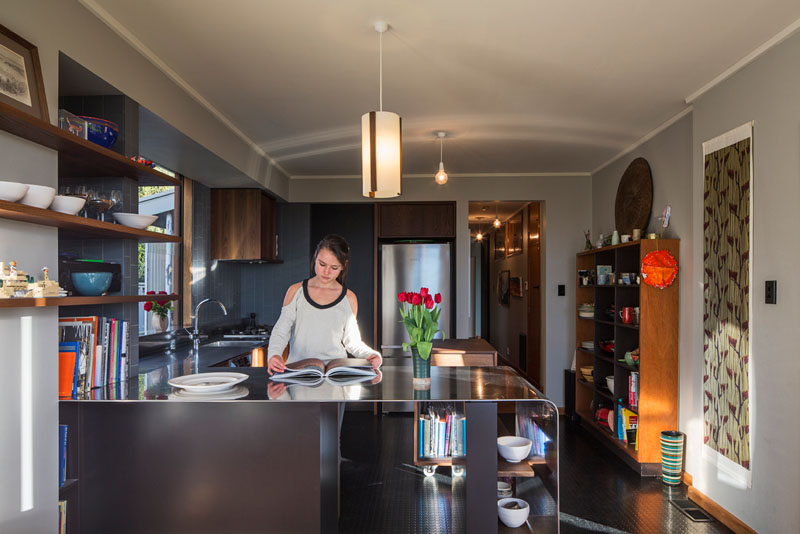
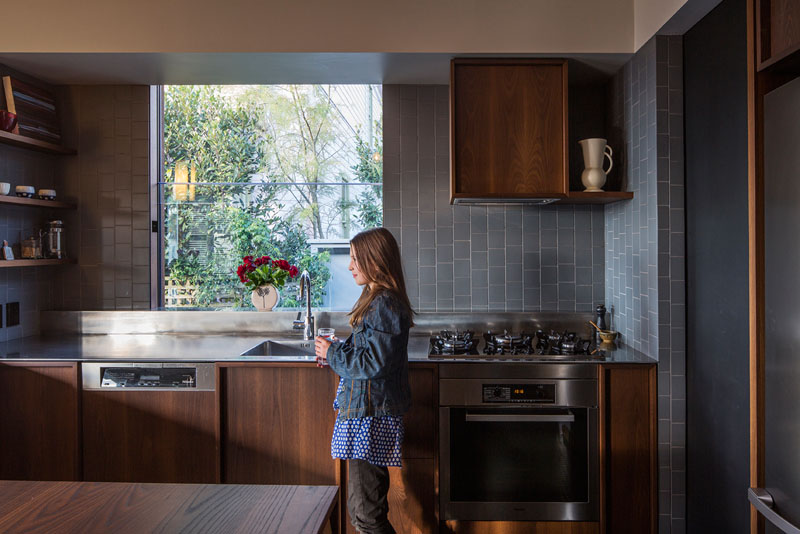
What was once a tight bedroom layout has been rearranged to better serve a growing family. The children’s rooms are modest and thoughtfully designed, connected in a sequence that allows one room to lead into the next.
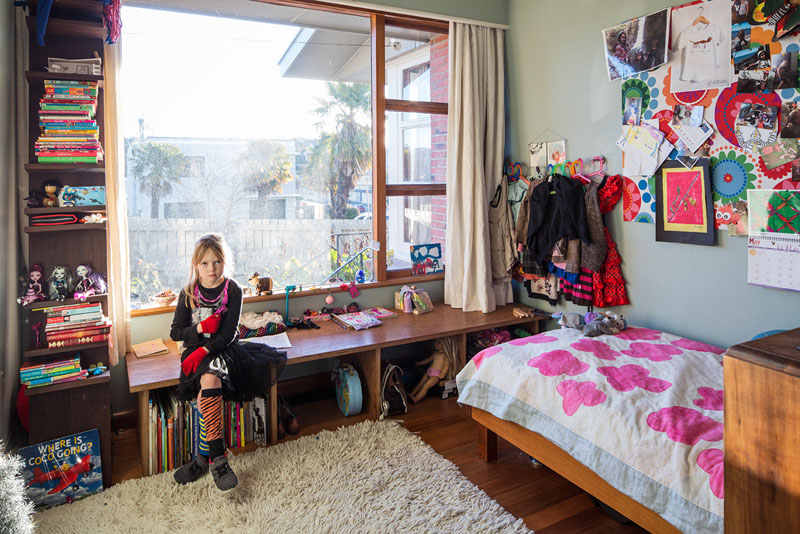
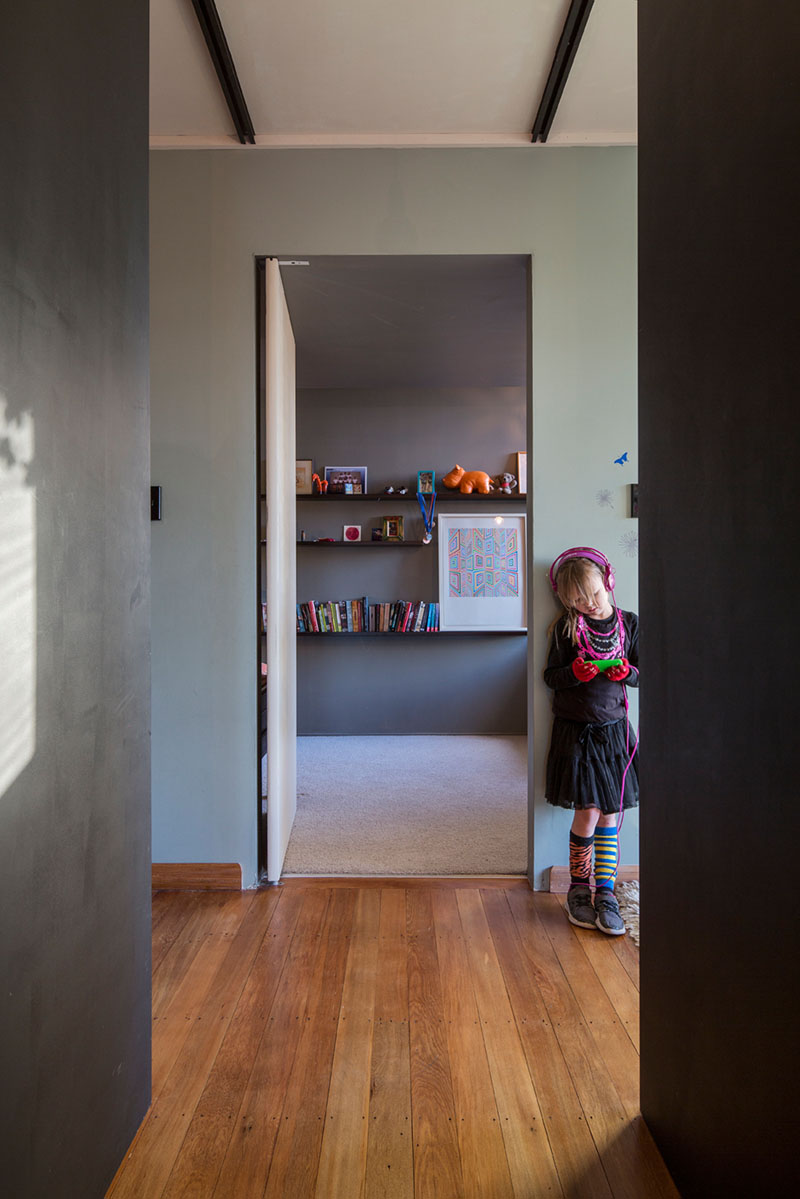
A younger child’s bedroom features playful simplicity, while the teenager’s bedroom, now located in the new addition, offers dark walls with open shelving, and just enough separation for independence, with plenty of light and space.
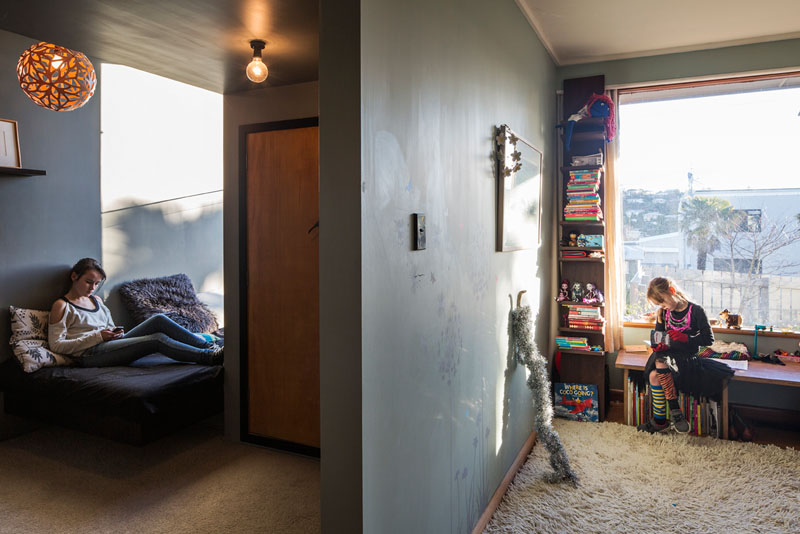
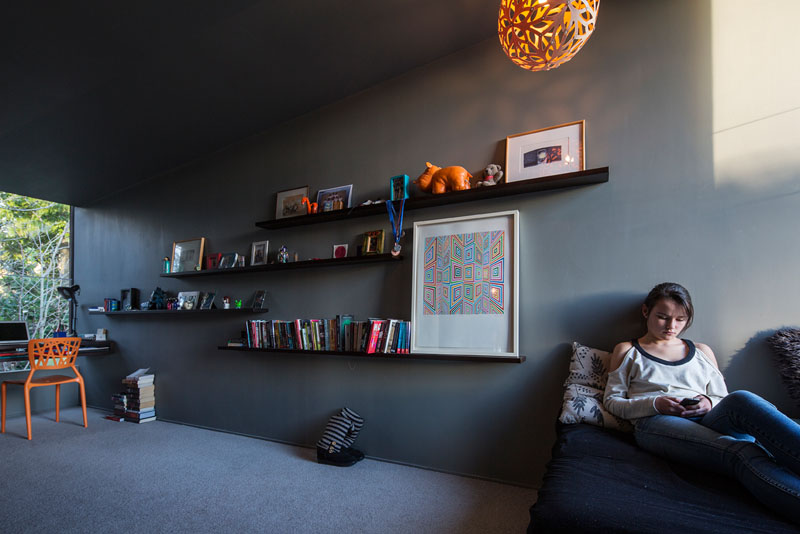
This 1960s home now does what it always aimed to: create a sense of openness, light, and family connection. With just a gentle addition and some smart rearranging, Jeremy Smith has crafted a home that works for five, without ever losing sight of what made the house special in the first place.
